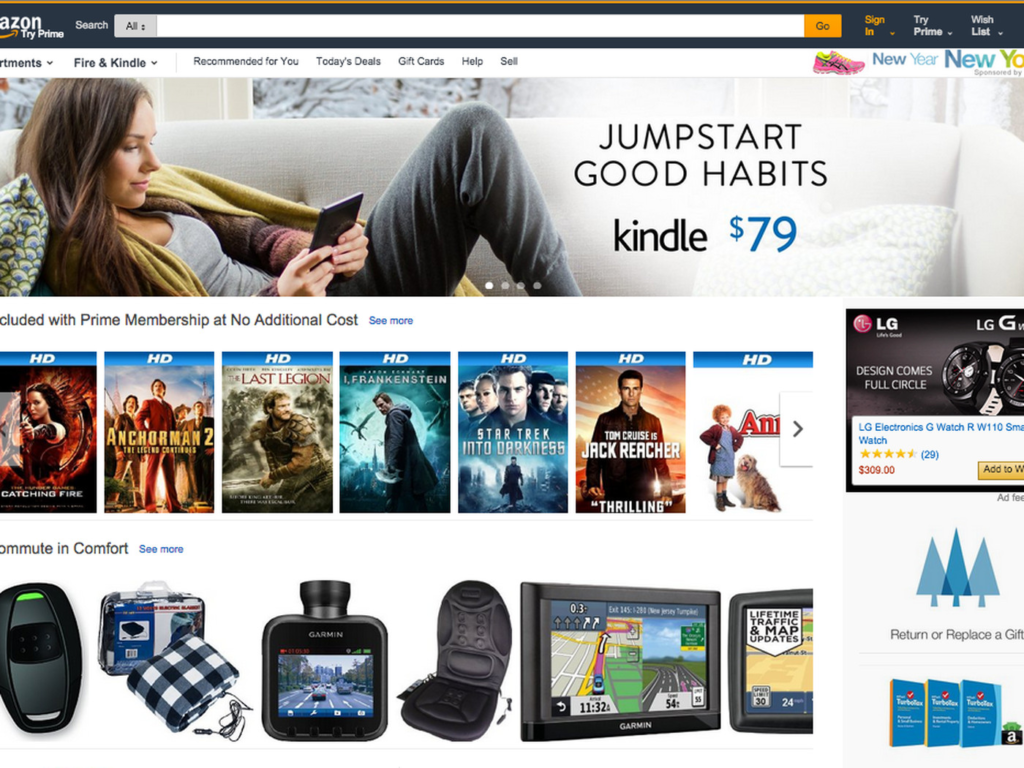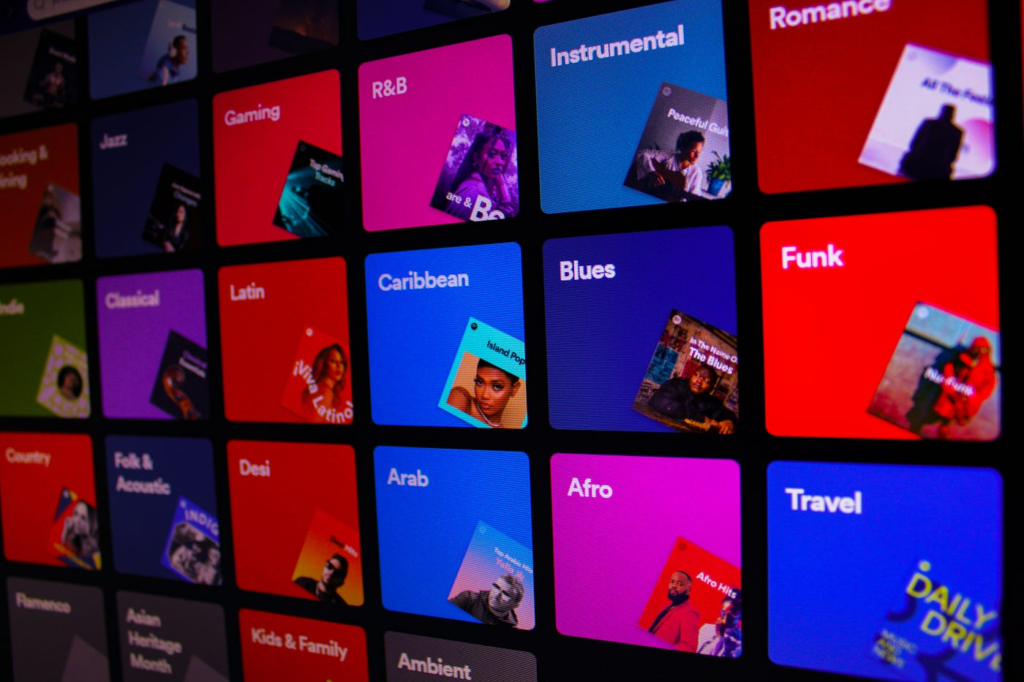In modern marketing, user engagement stands out as a cornerstone of success. It’s not just about attracting eyeballs; it’s about creating meaningful connections that resonate with your audience.
Enter the game-changer: personal recommendations. Imagine a marketing strategy that not only speaks directly to your users but anticipates their needs and preferences. That’s the power of personalized recommendations.
Here’s the exciting part: personal recommendations have the potential to skyrocket your user engagement by four times! That’s not a mere statistic; it’s a promise of a transformative shift in how your audience interacts with your brand.
Picture your users not just engaging but actively participating, responding, and, most importantly, converting. Buckle up as we explore the world of personal recommendations and the impact they can have on your brand’s success.
Definition of Personal Recommendations
Personal recommendations are like having a knowledgeable friend who understands your preferences and suggests things you might like. In the marketing world, it means tailoring suggestions to individual customers based on their behavior, interests, and past interactions with a brand.
Imagine browsing an online store, and it recommends products similar to those you’ve previously shown interest in. That’s the magic of personal recommendations—making the customer experience feel customized and relevant.
B. Importance of User Engagement
Conversion Rates Soar: When users are engaged, they’re more likely to make a purchase.
- Personalized recommendations guide them to products or content they’re genuinely interested in, increasing the chances of conversion.
- Building Brand Loyalty: Engaged users are loyal users. They not only buy more frequently, but they also become advocates for your brand. Satisfied customers are likely to recommend your brand to others, creating a ripple effect.
- Extended Customer Lifetime Value: Increased engagement means customers stick around longer. The longer they stay, the more they contribute to your brand’s success over time. It’s a win-win for both the customer and the brand.
Statistics on the Impact of Increased Engagement:
According to a study by HubSpot, companies with higher engagement rates on social media see 3.5 times more traffic and leads than those with lower rates.
A report from Forrester Research found that personalized product recommendations can increase average order values by 10% to 30%.
The Science Behind Personal Recommendations

A. Data-Driven Personalization
Big brands today are tapping into the wealth of user data at their disposal. They carefully analyze consumer behavior, preferences, and past interactions to gain valuable insights into individual tastes and interests.
B. AI in Recommendation Systems
AI, with its ability to analyze vast datasets swiftly, goes beyond basic personalization. It predicts user preferences, making recommendations not just reactive but proactive, thereby elevating the entire user experience.
Case Studies: Brands that 4X User Engagement
A. Netflix: The Power of Content Personalization

Netflix, the streaming giant, has mastered the art of personalized content recommendations by delving into the intricacies of user behavior. Through a meticulous analysis of what viewers watch, how long they watch it, and when they watch, Netflix gathers invaluable data to create a tailored streaming experience.
How Netflix Does It
Viewing History Analysis:
Netflix digs into your viewing history, understanding your preferences across genres, themes, and specific shows or movies.
Time-of-Day Patterns:
By recognizing patterns in your viewing times, Netflix identifies your peak hours and suggests content that aligns with your viewing habits.
Genre and Theme Preferences:
Netflix doesn’t just stop at individual shows; it observes the genres and themes you favor, ensuring that recommendations align with your broader interests.
Impact on User Engagement
Personalized Home Screens:
The moment you log in, your home screen showcases content tailored to your preferences, providing a more engaging and enjoyable browsing experience.
Increased Watch Time:
By offering personalized recommendations, Netflix entices users to explore more content, leading to increased watch time and overall user engagement.
Netflix’s success in 4X-ing user engagement lies in its ability to understand users on an individual level. By analyzing viewing behavior and providing personalized content recommendations, Netflix has set a benchmark for creating a streaming experience that keeps users hooked, ultimately leading to higher subscription retention rates.
B. Amazon: Personalized Shopping Experience

Amazon, the e-commerce giant, has redefined the online shopping experience by mastering the art of personalization. By harnessing user data, Amazon provides a tailored shopping journey for each customer, ultimately enhancing both user engagement and sales.
How Amazon Uses Data for Recommendations:
Amazon’s approach to personalized recommendations involves a sophisticated analysis of user behavior and preferences. The platform considers various factors such as:
- Browsing History: Amazon tracks the products users view and the time spent on each item.
- Purchase History: Past purchases play a crucial role in predicting future preferences.
- Search Queries: Amazon pays attention to what users are actively searching for on the platform.
Enhancing the Shopping Experience:
1. Product Recommendations:
Amazon’s homepage and product pages are filled with personalized recommendations based on the user’s browsing and purchase history.
By showcasing products relevant to individual preferences, Amazon significantly improves the likelihood of users finding items they are interested in.
The platform sends personalized email recommendations to users, notifying them of new products or deals aligned with their interests.
This not only keeps users engaged but also entices them to revisit the platform.
3. Dynamic Pricing:
Amazon adjusts prices based on user behavior and demand, creating a sense of urgency.
Users may receive discounts or special offers, encouraging immediate purchase and increasing sales.
Amazon’s personalized shopping experience sets a benchmark for the e-commerce industry. By leveraging user data intelligently, Amazon not only keeps users engaged but also drives substantial sales growth
Spotify: Customizing Music Recommendations

Spotify stands out not just for its extensive library but also for its ability to create a personalized musical journey for each user.
Spotify’s recommendation engine is powered by complex algorithms that analyze user behavior, preferences, and listening history.
It goes beyond just the songs you like; it considers the genres, artists, and even the time of day you prefer certain types of music.
- Listening History: Spotify keeps a keen eye on what you’ve been listening to recently. If you’ve been exploring a new genre or artist, it takes note.
- Playlist Collaborations: The playlists you’ve created and the songs you’ve added to them contribute to the algorithm’s understanding of your taste. If you often add upbeat tracks to your workout playlist, expect more suggestions in that vibe.
- Genre Exploration: If you occasionally step out of your comfort zone and venture into different genres, Spotify takes note of that adventurous spirit, tailoring recommendations accordingly.
Creating Personalized Playlists
- Discover Weekly: A flagship feature, Discover Weekly compiles a fresh playlist every Monday, introducing users to new tracks and artists that align with their tastes. It’s a musical journey crafted just for you.
- Daily Mixes: Spotify’s Daily Mixes are genre-specific playlists that adapt to your evolving preferences. If you’re into a mix of pop and indie, you might find a Daily Mix tailored to that fusion.
- Release Radar: Stay up-to-date with your favorite artists through Release Radar, a playlist that drops new releases from the artists you follow.
Spotify’s knack for customizing music recommendations elevates the user experience, fostering a deep connection between listeners and the platform.
D. Airbnb: Tailoring Travel Experiences

Airbnb taps into the treasure trove of user data to understand individual preferences.
By analyzing past bookings, search history, and even saved listings, Airbnb gains valuable insights into what users are looking for in their travel experiences.
Understanding User Preferences
Airbnb taps into the treasure trove of user data to understand individual preferences.
By analyzing past bookings, search history, and even saved listings, Airbnb gains valuable insights into what users are looking for in their travel experiences.
The Power of Personalized Suggestions
Airbnb’s recommendation algorithms work tirelessly to curate a list of accommodation options tailored to the unique preferences of each user.
Whether someone is a solo traveler seeking a cozy apartment or a family in search of a spacious home, Airbnb’s platform adapts to these preferences.
Impact on User Engagement
- Personalization enhances user engagement on the platform.
- Users feel understood, fostering trust and loyalty.
- Active exploration of the platform for more personalized recommendations.
Boosting Booking Frequency
- Consistent alignment with user preferences increases booking frequency.
- Users convert personalized suggestions into bookings.
- Creates a cycle of satisfaction, establishing Airbnb as a preferred accommodation platform.
V. Implementing Personal Recommendations Strategies
1. Encouraging Users to Share Experiences
Brands are increasingly recognizing the power of their user base as storytellers. By encouraging users to share their experiences, these brands create a thriving ecosystem where real people become brand advocates.
- Contests and Challenges: Brands often initiate contests or challenges where users can share their experiences creatively.
- Interactive Campaigns: Interactive campaigns, such as photo or video submissions, invite users to actively participate. This engagement not only enriches the brand’s content pool but also strengthens the bond with its audience.
- Testimonials and Reviews: Encouraging users to leave testimonials and reviews is a straightforward yet powerful way to gather authentic content.
Impact of Social Proof on User Engagement
Social proof, in the form of user-generated content, acts as a compelling influencer in the decision-making process.
- Builds Trust and Authenticity: When users see real people sharing positive experiences, it builds trust in the brand.
- Creates Emotional Connections: User-generated content often captures real emotions and stories. This emotional resonance helps in creating a deeper connection between the brand and its audience.
- Increases Conversion Rates: The influence of social proof extends to the conversion stage. Potential customers, seeing positive user experiences, are more likely to convert into actual customers.
Takeaway for Brands
Incorporating user-generated content and leveraging social proof is more than a trend; it’s a fundamental shift in how brands connect with their audience.
By fostering a community of engaged users who actively participate and share their experiences, brands can create a marketing strategy that not only resonates with authenticity but also significantly amplifies user engagement.
VI. Measuring Success: Metrics and Analytics

Let’s break down the key performance indicators (KPIs) that brands commonly use and explore real-world examples of how they track and analyze user engagement data.
1. Click-Through Rate (CTR):
Example: If a clothing brand recommends a product in an email and 15 out of 100 users click on the link, the CTR is 15%.
2. Conversion Rate:
Example: An e-commerce platform measures the number of users who bought a product after clicking on a personalized recommendation.
3. Average Order Value (AOV):
The average amount spent by users on a purchase after interacting with personalized recommendations.
4. Engagement Time:
Example: A streaming service tracks how long users watch content suggested by the platform’s recommendation algorithm.
5. Customer Retention Rate:
Example: A subscription-based service monitors how many customers renew their subscriptions after receiving personalized recommendations tailored to their preferences.
6. Return on Investment (ROI):
Example: A travel platform assesses the revenue generated from bookings attributed to personalized recommendations, compared to the expenses incurred.
Conclusion :
As we wrap up, it’s clear that the future of marketing is personalized. The success stories shared here demonstrate that by harnessing the power of data, artificial intelligence, and thoughtful strategies, brands can elevate user engagement to unprecedented levels.
The lesson is simple: when users feel a connection, when their preferences are understood and catered to, engagement flourishes.
Remember, it’s not just about selling a product; it’s about creating an experience that resonates with your audience. The brands we’ve explored have shown that by prioritizing personalization, you’re not just winning customers – you’re building a community.


